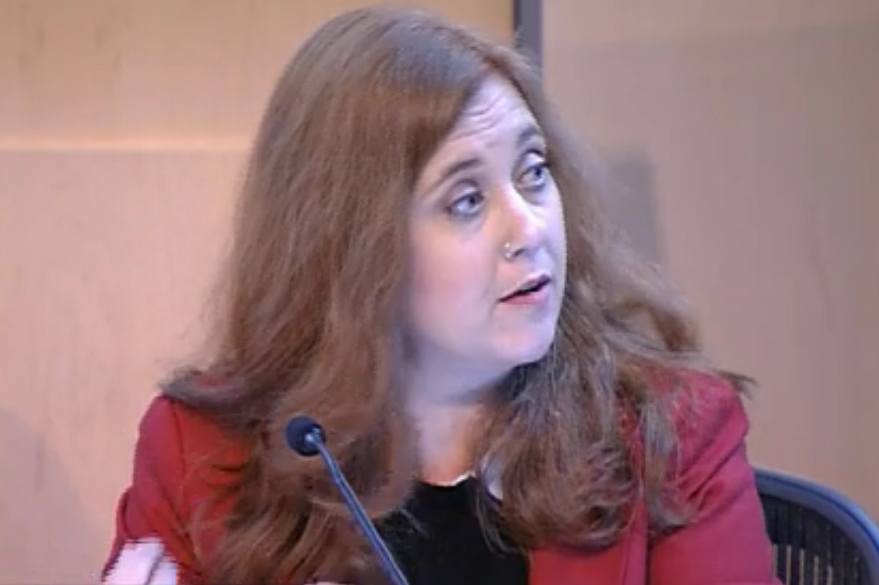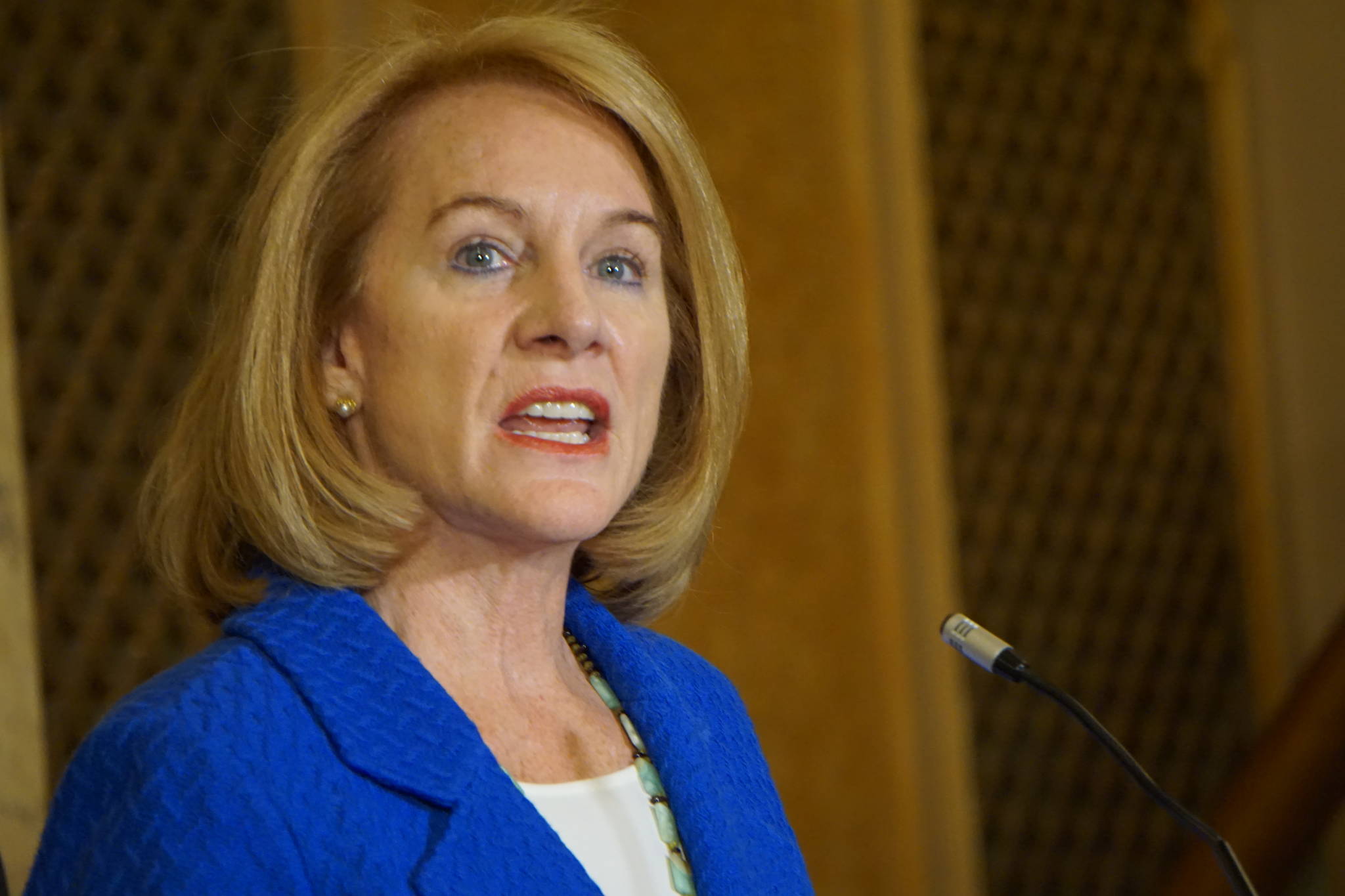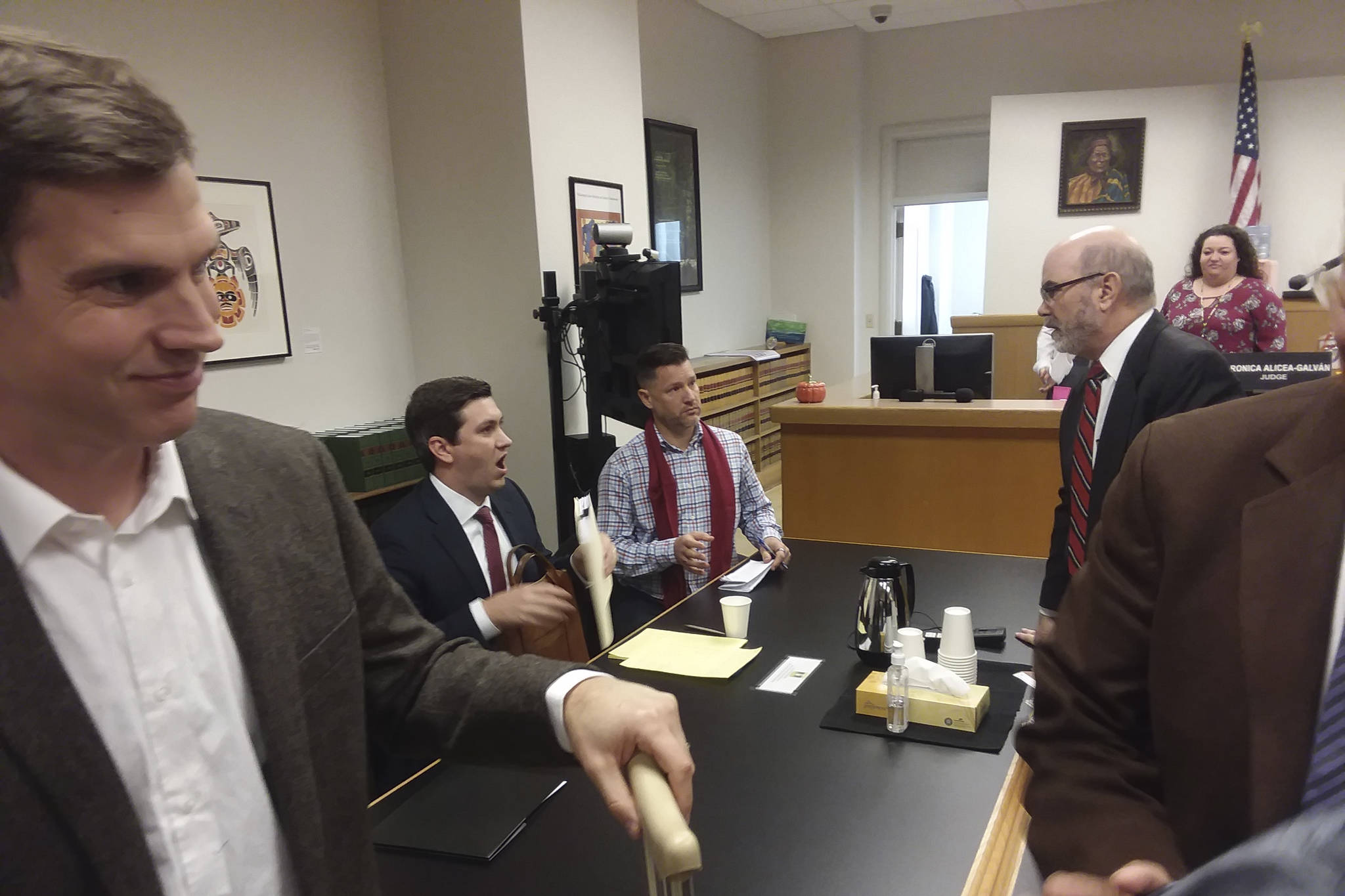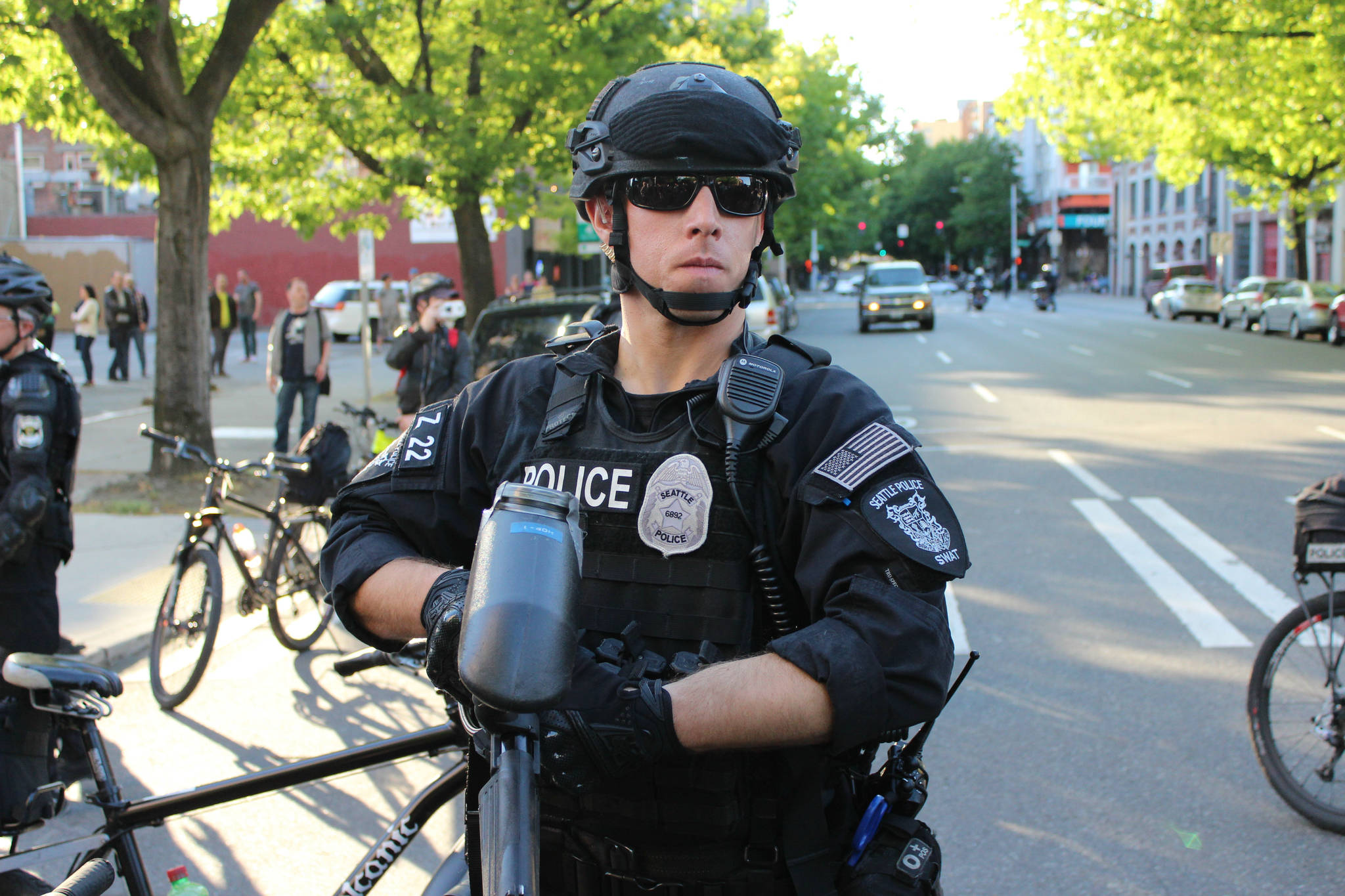Six Seattle city council members introduced a proposal today that would add $29 million to the city’s affordable housing budget. That’s enough money to pay for several hundred units affordable to low income renters. The proposal will be discussed in council Wednesday.
As you know, Seattle is currently in the midst of an affordable housing crisis. Rents are surging. Poor people—especially those of color—are gradually being squeezed out of the Seattle isthmus to suburbs like Renton and Shoreline, while the city’s booming economy keeps sucking in more and more upper class skilled workers.
Mayor Ed Murray convened a task force in 2014 to make recommendations about how to mitigate this gentrification. One of their recommendations was finding more ways to use city bonding (that is, a loan from investors to the city) to finance the construction of affordable housing. This April, Lisa Herbold floated a proposal to do just that, but it went nowhere.
In August, #BlockTheBunker protesters filled city hall to agitate against a proposed new $160 million police precinct in North Seattle. Funding for the precinct was to come from real estate tax money and bonds. They eventually succeeded in delaying the plan, though not cancelling it. One opponent, councilmember Kshama Sawant, said the city should use that money to pay for more affordable housing—or, as one of her posters puts it, “1 POLICE PRECINCT VS 1,000 HOMES: YOU DECIDE.” Critics said that Sawant’s plan was unworkable because of arcane state rules prohibiting the use of real estate excise tax (REET) to pay for affordable housing, but in September a memo from council central staff disagreed, saying that REET could indirectly pay for affordable housing via budget displacement.
That’s basically Herbold’s plan. She wants to use:
1. Bonds to pay for housing.
2. Department of Transportation money to gradually pay back those bonds.
3. Real estate taxes to replace that Department of Transportation money.
The long and the short of it is that through budget displacement, Herbold believes she’s found a legal workaround that lets the city use REET money to indirectly pay for affordable housing development.
According to a press release, Herbold has a majority of the council (Herbold and Sawant, plus Sally Bagshaw, M. Lorena González, Rob Johson, and Mike O’Brien) in favor of introducing her plan into council’s budget deliberations. That’s not the same thing as a majority voting to pass it into law, as Bagshaw’s office was quick to point out when we called them. But it’s a start.
In a November 4 letter to Herbold from Enterprise Community Partners, a non-profit that finances affordable housing development, vice president M.A. Leonard outlines a variety of ways that $29 million could be used to pay for affordable housing, including developing 600 or more apartment homes for households earning less than 60 percent of area median income.
We asked Herbold if she’d have been able to get this proposal on the table without Sawant’s rallying cry for 1,000 homes.
“Nope,” she replied. “I would not have. It’s basically what has created the space for this other proposal to come forward, absolutely.”
This proposal would use some but not all of the money that was previously slated for the North Precinct. Do you support that project?
“I support rebuilding the precinct,” she said, but at a much lower cost than $160 million or $149 million. “I don’t support the cost, I support the project.”








